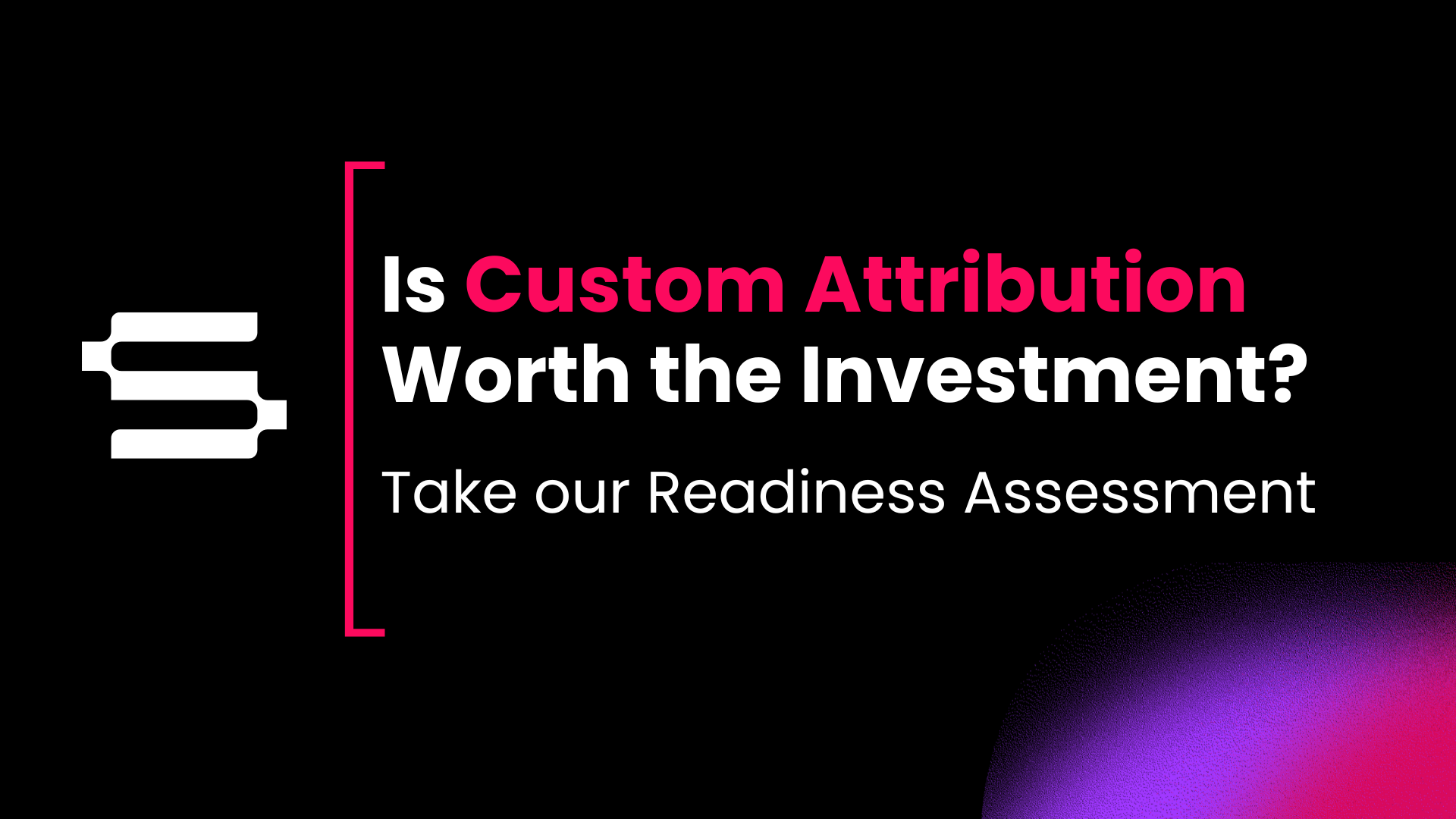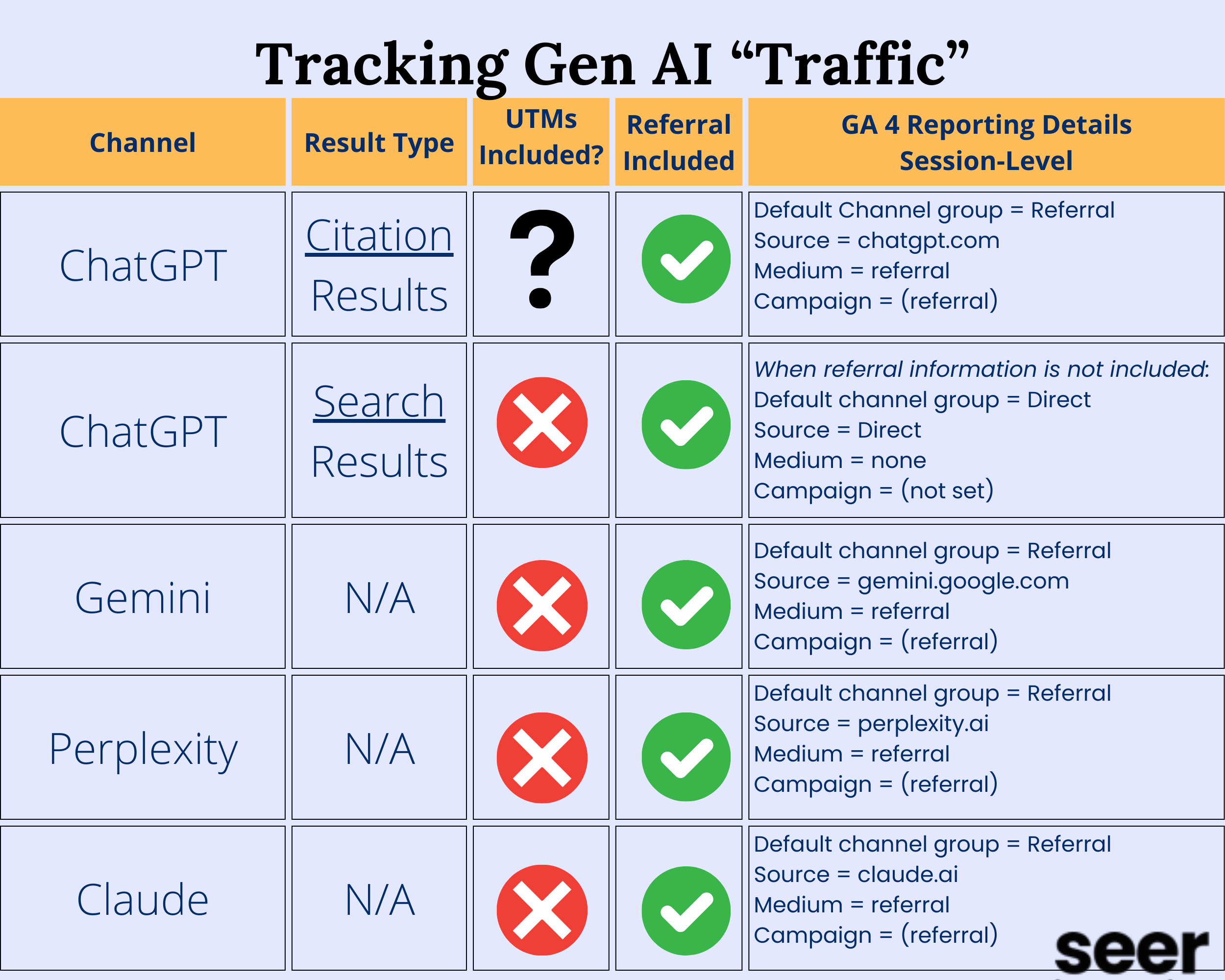Introduction:
Google’s recent updates to Consent Mode, particularly for the European Economic Area (EEA), have introduced significant changes in how user consent is managed and integrated with Google services like Analytics and Ads. This FAQ provides a comprehensive guide to understanding these changes, their implications, and how to navigate them effectively.
Frequently Asked Questions (FAQs)
What is Consent Mode?
Google Consent Mode is a framework designed to adjust the behavior of Google tags (e.g. Google Analytics 4, Google Ads) based on user consent for cookies and data collection. It allows businesses to respect user privacy while minimizing the impact on data collection and ad personalization.
Why do we still need Consent Mode if we have a CMP?
Consent Mode is not designed nor intended to replace your CMP. A CMP (Consent Management Platform) manages user consents but does not automatically integrate these consents with Google's services. Even for Google Certified CMPs, you will still need to ensure you have upgraded to Consent Mode v2 ensures that user consents are appropriately communicated to and acted upon by Google's tags.
Do we need to do this if we’re not using Google Ads?
Yes. Consent Mode v2 is not exclusive to Google Ads but applies to all Google tags, including Analytics, which might be impacted by these regulations.
We don’t market to the EU/EEA – should we still be concerned?
Yes, while there may not be an immediate threat, our POV is that this is just the beginning. Our prediction is that the GDPR and DMA model, which highly influenced this update, will continue to be adopted by countries across the globe. When that happens, there will be exponential impact.
Which tags support consent mode?
The following tags have built-in consent checks to support Consent Mode and adjust tag functionality based on consent status:
- Google Analytics
- Google Ads
- Floodlight
- Conversion Linker
What if Consent Mode is not implemented by March 2024?
What is certain is that GA4 will no longer be able to create target groups for marketing purposes along with the likely possibilities of:
- Loss of data accuracy
- Depreciation of audience sizes involving EEA users
- Skewed reporting
- Legal implications
- Reduced marketing effectiveness and ROAS
The bottom line is to keep using measurement, ad personalization, and remarketing features, you must collect consent for use of personal data from end users based in the EEA and share the consent information with Google.
How do we know if my CMP supports Consent Mode?
If your CMP is a Google-certified CMP partner, it will be found in this official list from Google. These CMPs will require significantly lower lift in getting Consent Mode implemented.
What should we do if our CMP doesn't support Consent Mode?
If your Consent Management Platform (CMP) doesn't support Consent Mode, manual implementation within GTM will be necessary.
What is the difference between Advanced and Basic Consent Mode?
- Basic Consent Mode: Only collects data when explicit user consent is given.
- Advanced Consent Mode: Collects limited anonymized data without explicit consent, using it for conversion modeling and broader insights.
For additional details on the tradeoffs and a deeper dive between Advanced vs Basic, checkout this Google documentation.
What are the parameters of consent mode? Which ones are necessary for advertising?
Consent Mode is structured around specific parameters that dictate the application of data based on user consent. Those parameters are:
- ad_storage: Manage data storage for advertising.
- analytics_storage: Manage data storage for analytics.
- ad_user_data: Signals consent for utilizing user data in advertising.
- ad_personalization: Signals consent for personalized advertising campaigns.
- functionality_storage: Manages storage that supports the functionality of the website or app, for example, language settings
- personalization_storage: Manages storage related to personalization, for example, video recommendations
- security_storage: Manages storage related to security such as authentication functionality, fraud prevention, and other user protection
Specifically ad_user_data and ad_personalization are the new parameters that were introduced with the latest v2 update. These do not change the behavior of tags, but are critical for advertising purposes.
What are the ethical concerns surrounding Advanced Consent Mode?
Simply put, collecting data from users without explicit consent raises legal, ethical, brand, and data security risks. It's crucial to align data collection practices with user consent and your organization's brand ethics, values, and legal policies. These are risks you should take into strong consideration before deciding whether to implement Basic or Advanced.
How does Modeling relate to Consent Mode?
Modeling is used in Advanced Consent Mode to estimate user behavior or conversions when consent is denied.
If you still have questions, let us know and we'll add more answers to this post.

